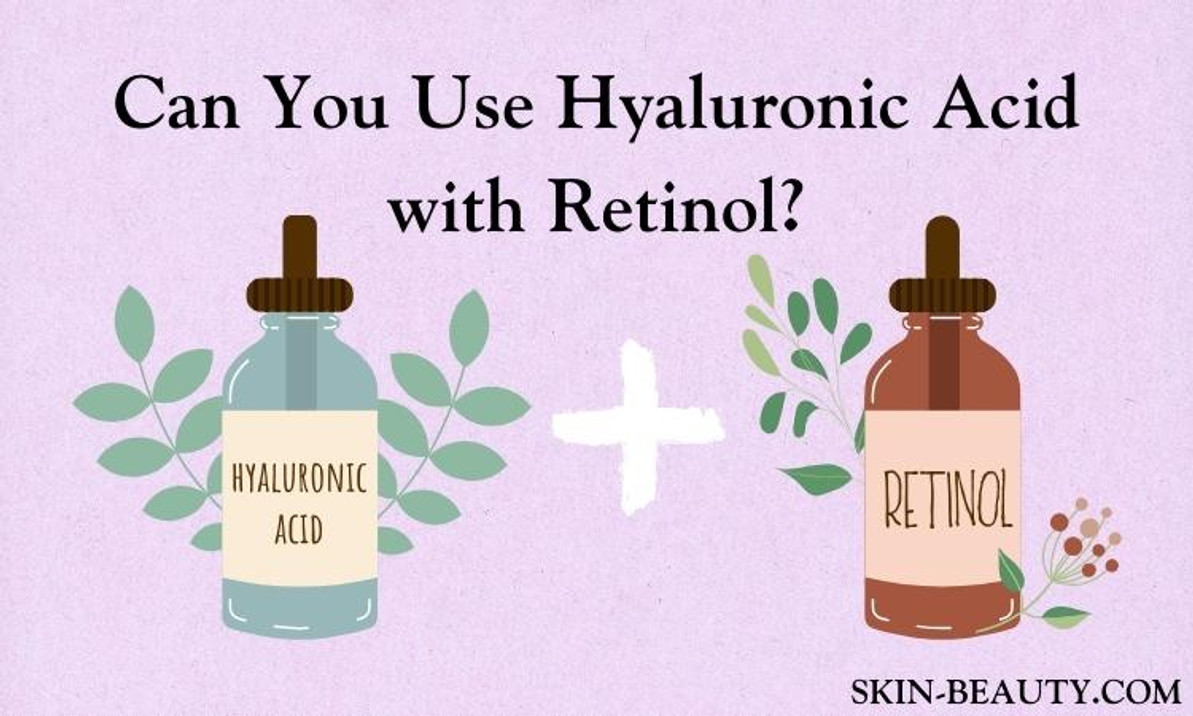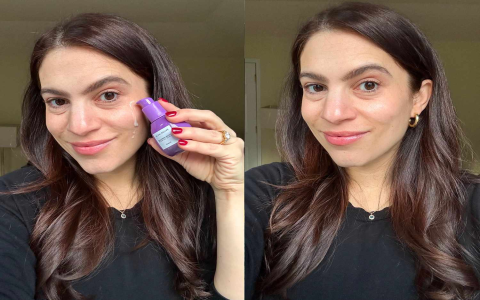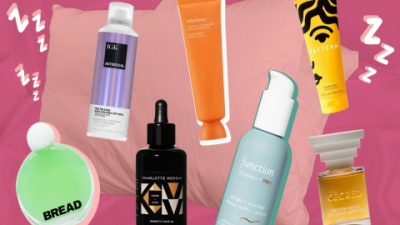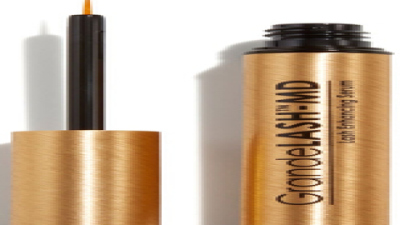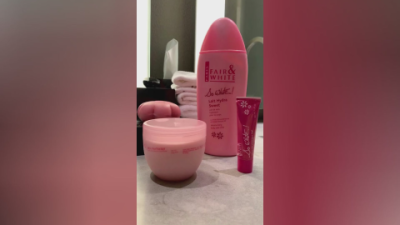If you’ve ever dipped your toes into the vast world of skincare, you’ve probably heard the buzz around hyaluronic acid serum and retinol. Both are like rockstars in the beauty community, but figuring out how to use them together without turning your face into a dry, irritated mess? That’s the tricky part. So, let’s break it down in a way that feels less like a chemistry lecture and more like a friendly chat about what really works.
First off, hyaluronic acid—this stuff is basically a moisture magnet. Imagine your skin as a sponge that’s been left out in the sun. Hyaluronic acid swoops in and fills it up with water, making your skin look plump and fresh. It’s gentle, hydrating, and honestly, a lifesaver for anyone whose skin feels tight or flaky. It’s pretty much the go-to for all skin types, especially if dryness is your nemesis.
Retinol, on the other hand, is the powerhouse vitamin A derivative that everyone raves about for anti-aging. It speeds up how fast your skin sheds dead cells and encourages new, fresh skin to come forward. This means fewer wrinkles, smoother texture, and even helps with pesky acne and dark spots. But—and here’s the catch—it can be a bit harsh. When you first start using retinol, your skin might throw a little tantrum with redness, peeling, or dryness.
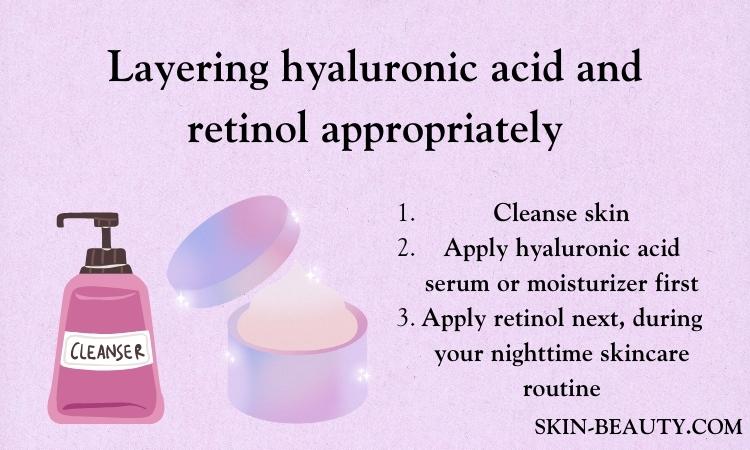
Now, why put these two together? Well, retinol’s magic comes with a price—dryness and irritation. Hyaluronic acid is like the calming friend who steps in to soothe and hydrate, making retinol’s effects easier to handle. Using them as a team means you get the anti-aging benefits without feeling like your skin’s been through a desert.
Here’s how I usually recommend layering them for the best results:
Start with a gentle cleanser—nothing too stripping, just enough to clear away the day’s grime. Then, at night, apply a pea-sized amount of retinol. I can’t stress enough how little you need here; more doesn’t mean better. Dab it lightly all over your face, but steer clear of those super sensitive spots like right around your eyes or nostrils. If you’re new to retinol, don’t jump in daily—start slow, maybe once or twice a week, and see how your skin reacts.
After you put on retinol, give it some time—about to minutes. It sounds like a long wait, but it really helps the retinol sink in properly. Then comes the hyaluronic acid serum. Apply it on skin that’s a bit damp if you can; it helps the serum lock in moisture better. This step is where your skin gets that hydration boost, calming down any dryness or irritation from the retinol.
Seal everything in with a moisturizer—something nourishing but not too heavy. Ingredients like ceramides or squalane are great because they help repair your skin barrier. And don’t forget sunscreen the next morning! Retinol makes your skin more sensitive to the sun, so a good SPF is non-negotiable.
A few tips from experience: don’t rush into high concentrations of retinol. I’ve seen people get frustrated and quit because their skin freaks out. Patience is key. Also, hyaluronic acid isn’t just for nighttime; you can use it morning and night to keep your skin hydrated all day. Avoid mixing retinol with other strong acids or vitamin C in the same routine to keep irritation at bay.
To give you a quick snapshot, here’s a little table to sum up the main differences:
I get a lot of questions about this combo, so here are some quick answers:
Can I use hyaluronic acid and retinol at the same time?
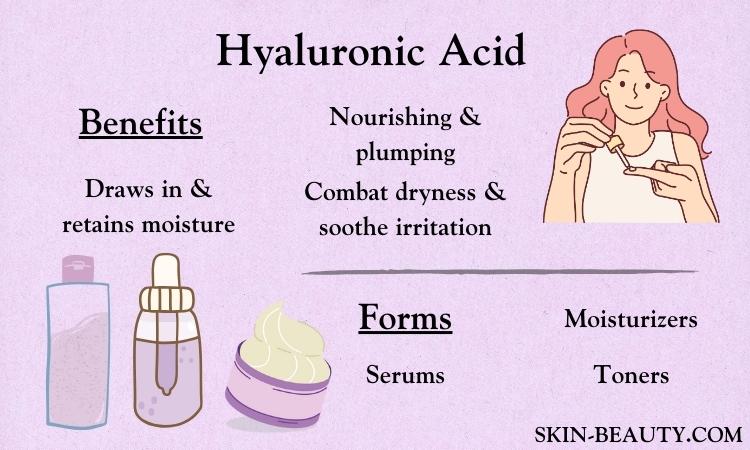
Absolutely. Just remember the order—retinol first, wait a bit, then hyaluronic acid.
Should I apply hyaluronic acid before or after retinol?
After retinol. It helps seal in moisture and calm your skin.
Can I use both every day?
Hyaluronic acid, yes! Retinol, start slow and build up.
Is retinol safe in the morning?
Nope. It makes your skin sun-sensitive, so stick to nighttime and always wear sunscreen.
Will hyaluronic acid reduce retinol irritation?
Definitely. It’s like a hydration shield that softens retinol’s rough edges.
In the end, using hyaluronic acid serum and retinol together isn’t just about stacking products—it’s about balance. When done right, your skin gets the best of both worlds: the deep hydration it craves and the powerful anti-aging effects it needs. It might take some trial and error, but with patience and care, you’ll be glowing in no time. Just remember, skincare is personal, so listen to your skin and adjust as you go.
